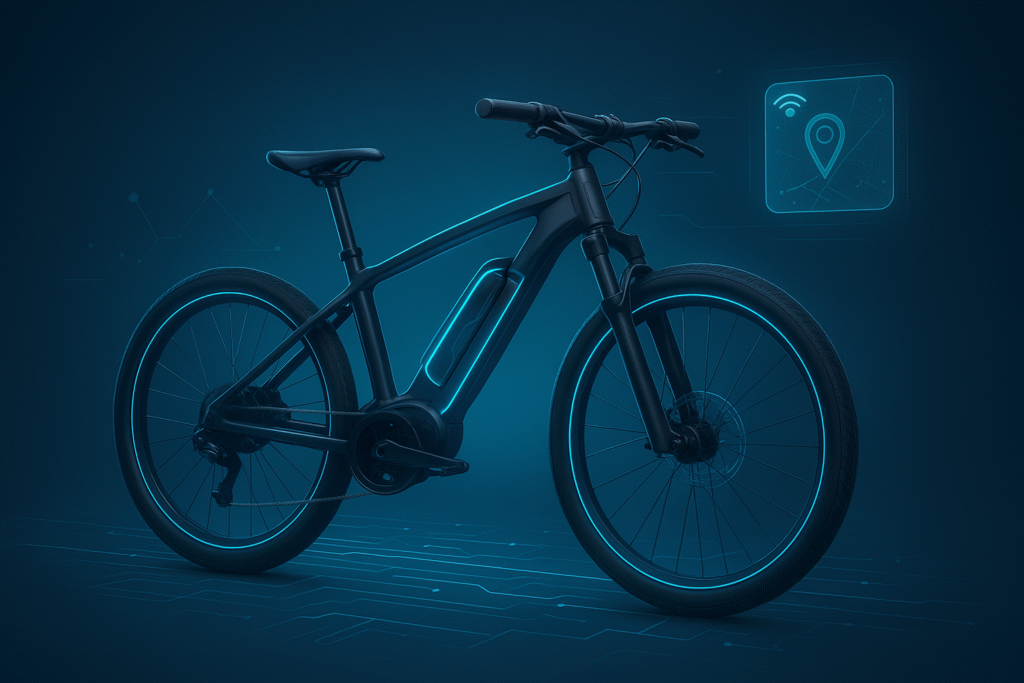
Turning a traditional bicycle into an electric bike (e-bike) once meant simply attaching a motor for extra pedal assistance. But today’s e-bikes have gone far beyond that basic concept. Thanks to smarter motors, advanced batteries, and connected ride systems, modern e-bikes deliver not only power but also intelligence, efficiency, and a seamless riding experience.
This new generation of e-bikes shows how mobility technology is evolving—shifting from raw mechanical power to smart, adaptive systems that make every ride smoother, safer, and more enjoyable.
Smarter Motors for a Natural Ride
In the past, e-bikes relied on simple throttle-based systems that offered basic assistance but lacked precision. Early designs often used cadence sensors, which detect how fast a rider is pedaling. While affordable, cadence sensors couldn’t measure the rider’s effort, so motor support often felt either too strong or not responsive enough.
Today’s torque sensors have changed that. By measuring how hard a rider pedals, torque sensors deliver the right amount of motor assistance exactly when needed. The result?
- More help on uphill climbs
- Less wasted power on flat terrain
- A smoother, more natural riding experience
Even better, because assistance is applied only when necessary, torque sensors help conserve battery life, giving riders longer range and improved efficiency.
Smarter Battery Management Systems (BMS)
Powerful motors are only as reliable as the batteries behind them. That’s why advanced battery management systems (BMSs) are becoming a standard feature in modern e-bikes.
A good BMS does more than just monitor charge levels—it:
- Tracks each cell’s voltage and temperature
- Balances charge across the battery pack
- Prevents overcharging, overheating, and deep discharging
Some intelligent systems even communicate directly with the motor controller, adjusting performance based on battery health or environmental conditions.
By integrating battery-monitoring ICs and modular BMS platforms, manufacturers can now design slimmer, safer, and more efficient e-bike frames without sacrificing performance.
The Rise of Connected Ride Systems
E-bikes are no longer just about the ride itself—they’re becoming part of the Internet of Things (IoT). With wireless modules, GPS, and mobile apps, connectivity is transforming how riders interact with their bikes.
Connected ride systems allow cyclists to:
- Monitor speed, range, and battery life in real time
- Receive maintenance alerts and firmware updates
- Track stolen bikes via GPS
- Customize ride profiles through mobile apps
These features not only improve convenience but also open the door for manufacturers to offer subscription services, remote diagnostics, and personalized riding experiences.
Powering the Next Generation of E-Bike Technology
Meeting the demands of smart e-bike systems requires equally advanced microcontrollers. For example, NXP Semiconductors’ S32K37 and S32K39 microcontrollers are designed for motor control and BMS applications.
Key features include:
- Dual split-lock Arm® Cortex®-M7 cores and one lockstep core pair running at 320MHz
- Motor control coprocessors with high-resolution PWM (in the S32K39 variant)
- A built-in CoolFlux DSP for audio and signal processing
- Up to 69 external analog inputs for monitoring battery voltages and temperatures
With these capabilities, developers can create e-bike systems that are smarter, safer, and more efficient than ever before.
The Road Ahead: Smarter, Not Just Faster
The future of e-bikes isn’t just about speed or bigger batteries. It’s about intelligence, adaptability, and connectivity. By combining torque sensors, advanced BMSs, and IoT-powered ride ecosystems, the next generation of e-bikes promises:
- Longer-lasting batteries
- Safer and more reliable rides
- Personalized and connected cycling experiences
In short, e-bikes are becoming smarter companions on the road, redefining what it means to ride. Whether you’re a commuter, an adventurer, or a casual cyclist, the e-bike revolution is bringing a new level of performance and enjoyment to every journey.
Sources
https://www.mxmoto.co/blogs/bms-in-electric-bikes/
https://www.aventon.com/blogs/aventon_bikes/torque-sensor-vs-cadence-sensor